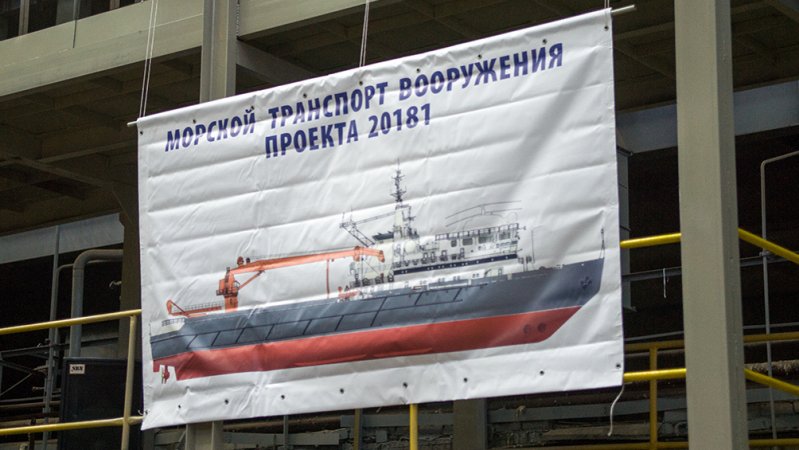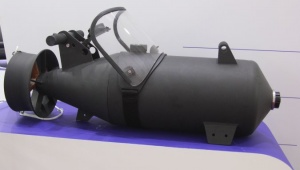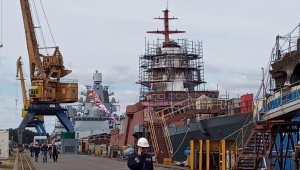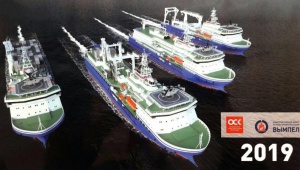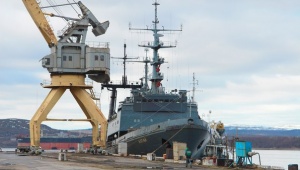"Assembling won’t cause any serious problems. Moreover, there will be no need to get into software, like in imported systems", commented another source, being aware of the project implementation progress.
The system has fully Russian software and generally consists of domestic-made components. Designers completed pilot tests of control elements late in July 2018.
"The experts simulated operation of all actuators and checked whether the control system receives all signals correctly, processes them timely and promptly, and performs actions preset in the algorithm. The tests helped to model and try out the system’s behavior in emergency conditions, including abrupt heels or trims, sudden disruptions of cargo handling operations", reported press service of MSS, the system’s developer.During the trials of the analogous imported system on Akademik Kovalev, the crew lifted cargoes by the crane with different boom extensions and loads. At first, they tested the equipment on the berth, and then in the water area of Zvezdochka ship repair center, an industry insider shared with Mil.Press Today.
The anti-heeling system was designed by the order of the Russian defense ministry under the import substitution program. Being installed on the armament carriers, it stabilizes a ship while cargo handling operations.
In Russia, the anti-heeling system is applied on the armament supply ship Akademik Korolev. It helps to transship cargoes to combat ships on the high seas. When commissioning of the imported system, the shipbuilders faced some problems due to the sanctions imposed. Foreign experts either refused to visit Russia to perform works or delayed their arrival because of constraints on Russian visa receipt.
Laid in 2015, the sea-going armament supply ship Akademik Makeyev was the fourth special-purpose ship designed on the basis of the Project 20180 auxiliary vessels. Displacement: 6,300 tons; hull length: 107.6 meters; beam: 17.8 meters; crew: 60 men; helicopters accomodation capability (Ka-29); ice class Arc5.














